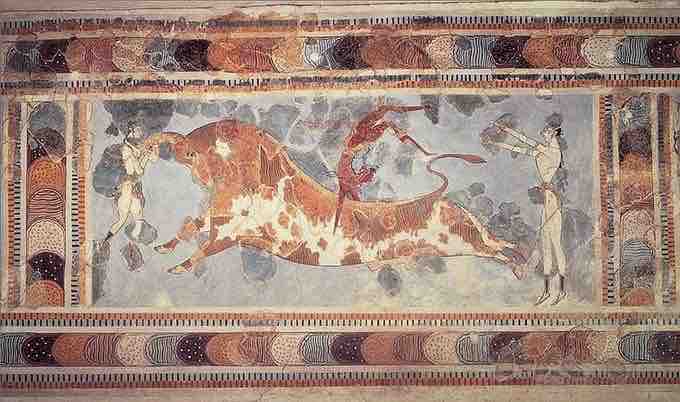In the visual arts, a theme is a broad idea or a message conveyed by a work, such as a performance, a painting, or a motion picture. This message is usually about life, society or human nature. Themes are the fundamental and often universal ideas explored in a work. Themes are usually implied rather than explicitly stated. Deep thematic content is not required in a visual work; however, some observers would say that all visual work inherently projects some kind of outlook on life that can be taken as a theme, regardless of whether or not this is the intent of the author. Analysis of changes (or implied change) in dynamic characteristics of the work can provide insight into a particular theme.
A theme is not the same as the subject of a work. For example, the subject of the well known Star Wars movies is "the battle for control of the galaxy between the Galactic Empire and the Rebel Alliance". The themes explored in the films, however, might be moral ambiguity or the conflict between technology and nature. Themes are similar but also different from motifs in that themes are ideas conveyed by the visual experience as a whole, while motifs are repeated symbols found inside an overarching theme. Simply having a repeating pattern or motif does not necessarily mean that that motif is the theme of the work of art, as the theme could be much broader.

A persian motif on textile
Motifs are often thematic, but do not necessarily encompass the overall theme of a work of art.
The term "genre" - differentiated from the specific type of painting known as genre painting - is much used in the history and criticism of visual art, and relates to the discussion of themes in art. Genres are categories of art based on some set of stylistic criteria, and are formed by conventions that change over time as new genres are invented and the use of old ones are discontinued. Often, works fit into multiple genres by way of borrowing and recombining these conventions. Common genres in painting, for example, include history painting, portrait painting, landscape painting, and still life.
Artwork from any given time period is often defined and categorized by similar themes found during that time. For example, Renaissance painters used the themes and mythology of the Classical period for inspiration, including themes of the Holy Trinity, Holy Family, Adoration of the Magi, Virgin and child. Fresco paintings of the Minoans, a Bronze Age civilization that existed on the Greek Aegean island of Crete from around 3000 to 1100 BCE, often focused heavily on religious and naturalistic themes. Bulls and snakes, both religious symbols, featured prominently in many works of art, as do other non-religious animals . Under the Macedonian Dynasty of the Byzantine Empire (starting in 867), artists adopted naturalistic styles and complex techniques from ancient Greek and Roman art and mixed them with Christian themes, relying heavily on the classical Greco-Roman heritage.

Themes in Minoan art
This fresco, found at the Minoan site of Knossos, makes use of the common religious and naturalistic themes found in Minoan artwork. The fresco indicates a sport or ritual of "bull leaping".